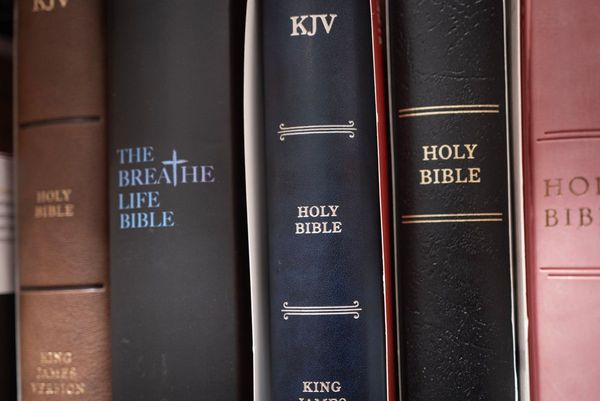Buying a cheap car seems like a smart way to save money. After all, the sticker price is low, and you avoid hefty monthly payments. But the true cost of ownership goes far beyond what you pay upfront. Over time, that bargain might drain your wallet in ways you didn’t expect. If you’re trying to make wise financial decisions, it’s crucial to understand the hidden costs of owning cheap cars. Knowing these hidden expenses helps you budget realistically and avoid nasty surprises down the road.
Let’s break down the seven most common hidden costs that can turn a “cheap” car into a long-term money pit. If you’re considering buying a budget vehicle, keep these factors in mind before signing any paperwork.
1. Frequent Repairs and Maintenance
The most obvious hidden cost of owning cheap cars is repairs. Older vehicles or high-mileage bargains often need constant fixing. Wear and tear parts—like brakes, alternators, and radiators—fail more often as cars age. Even minor repairs add up, and major fixes like transmission or engine work can quickly eclipse your initial savings.
Plus, cheap cars may lack a warranty, so you pay out of pocket. While a newer used car might only need oil changes and basic upkeep, a bargain-basement vehicle could spend more time at the mechanic than on the road.
2. Poor Fuel Efficiency
Many cheap cars are older models with outdated engines. They often burn more gas than newer vehicles, especially if they’re not well-maintained. Over months and years, poor fuel efficiency can significantly increase your total cost of ownership. With gas prices fluctuating, these extra fill-ups can add hundreds of dollars to your annual expenses.
Before you buy, compare the fuel economy ratings of any car you’re considering. Sometimes, spending a bit more upfront on a newer, more efficient car saves you money in the long run.
3. Higher Insurance Premiums
Insurance costs don’t always drop just because your car is cheap. In fact, owning cheap cars can sometimes mean higher premiums. Some older models lack modern safety features, making them riskier in the eyes of insurers. Others have higher theft rates, which also pushes up costs.
It’s a good idea to get an insurance quote before you buy. Factor those premiums into your budget—sometimes a slightly more expensive car can come with lower insurance costs due to better safety ratings.
4. Safety Risks and Medical Costs
Cheap cars often lack advanced safety features like airbags, anti-lock brakes, or electronic stability control. If you’re in an accident, you face a higher risk of injury. Medical bills and lost wages from time off work can be far more expensive than a higher car payment would have been.
Your safety is priceless. Before buying, check the car’s crash test ratings and safety features. Investing in a safer vehicle can help protect both your health and your finances.
5. Failing Emissions and Inspection Tests
Many states require regular emissions or safety inspections. Older, cheap cars are more likely to fail these tests. If your car doesn’t pass, you may face costly repairs or even be unable to legally drive it until issues are fixed. In some cases, persistent failures could mean junking the car entirely, wiping out any savings from your initial purchase.
Always research local regulations and estimate the cost of likely repairs before buying a budget car. A cheap car that can’t pass inspection is no bargain at all.
6. Limited Resale Value
Cheap cars lose value fast. When it’s time to upgrade, you may find your vehicle is worth little or nothing in trade-in value. This is especially true for makes and models known for reliability issues. While you might plan to drive your cheap car into the ground, unexpected repairs or life changes could force you to sell sooner than expected.
Depreciation isn’t always top of mind when buying a low-cost car, but it’s a real part of the cost of ownership. Consider how long you’ll realistically keep the vehicle and how much you might be able to recoup later.
7. Financing and Interest Costs
If you don’t have cash up front, you may need to finance your cheap car. But lenders often charge higher interest rates for older vehicles or cars with high mileage. The total interest paid over the life of the loan can turn a cheap deal into an expensive one.
Some lenders may even refuse to finance very old or high-mileage cars, forcing you to seek out loans with less favorable terms. If you need to finance, shop around and compare rates carefully. Sometimes, a slightly more expensive car with better financing options actually saves you money overall.
Smart Alternatives to Cheap Cars
Owning cheap cars can seem like the fastest route to financial freedom, but these hidden costs add up fast. Before you buy, consider alternatives like certified pre-owned vehicles, which often come with warranties and better reliability. Car-sharing services or public transportation might also be smarter options if you’re on a tight budget.
Ultimately, the key is to factor in the true cost of ownership—not just the sticker price. By understanding the risks and doing your homework, you’ll be better prepared to make a choice that fits your needs and your wallet.
Have you ever owned a budget vehicle? What hidden costs surprised you the most? Share your experiences in the comments below!
What to Read Next…
- What That New Car Smell Might Be Hiding Legally
- 9 Cities Where Car Theft Is Becoming a Daily Occurrence
- 5 Emergency Repairs That Could Force You Into Debt Overnight
- 7 Hidden Fees That Aren’t Labeled as Fees at All
- 10 Ways You’re Wasting Money Just Trying to Keep Up Appearances
The post 7 Hidden Costs of Owning “Cheap” Cars appeared first on The Free Financial Advisor.







